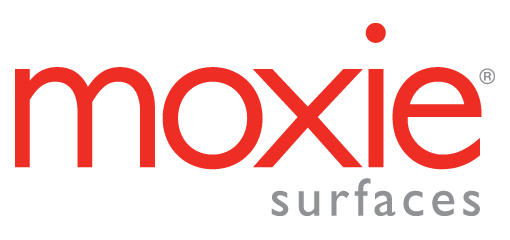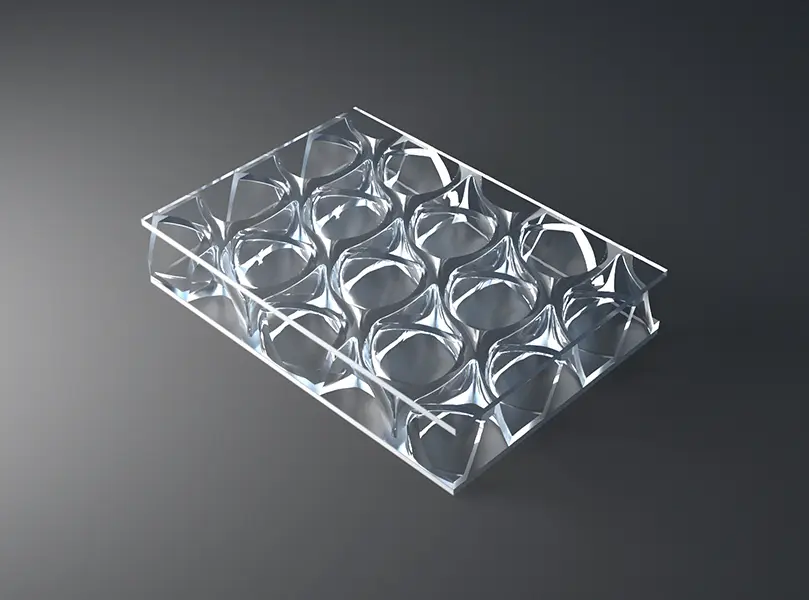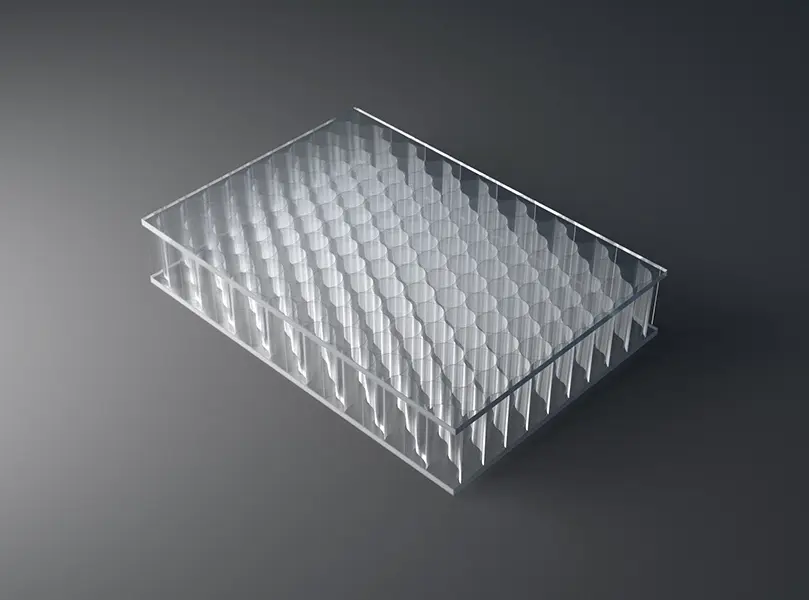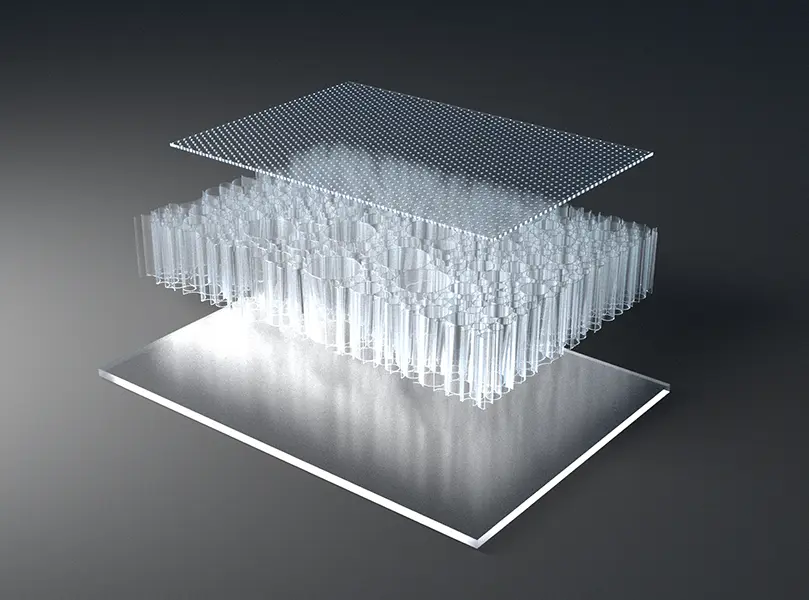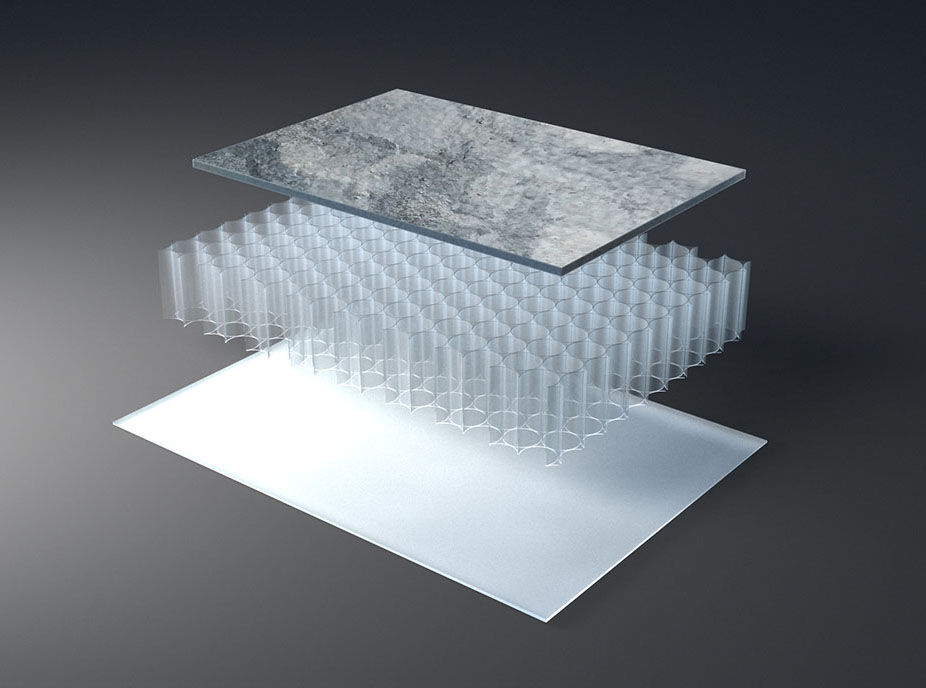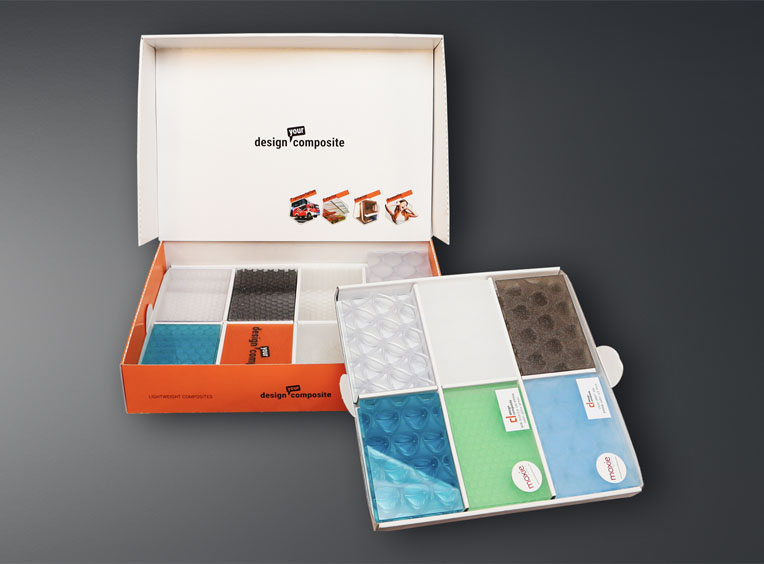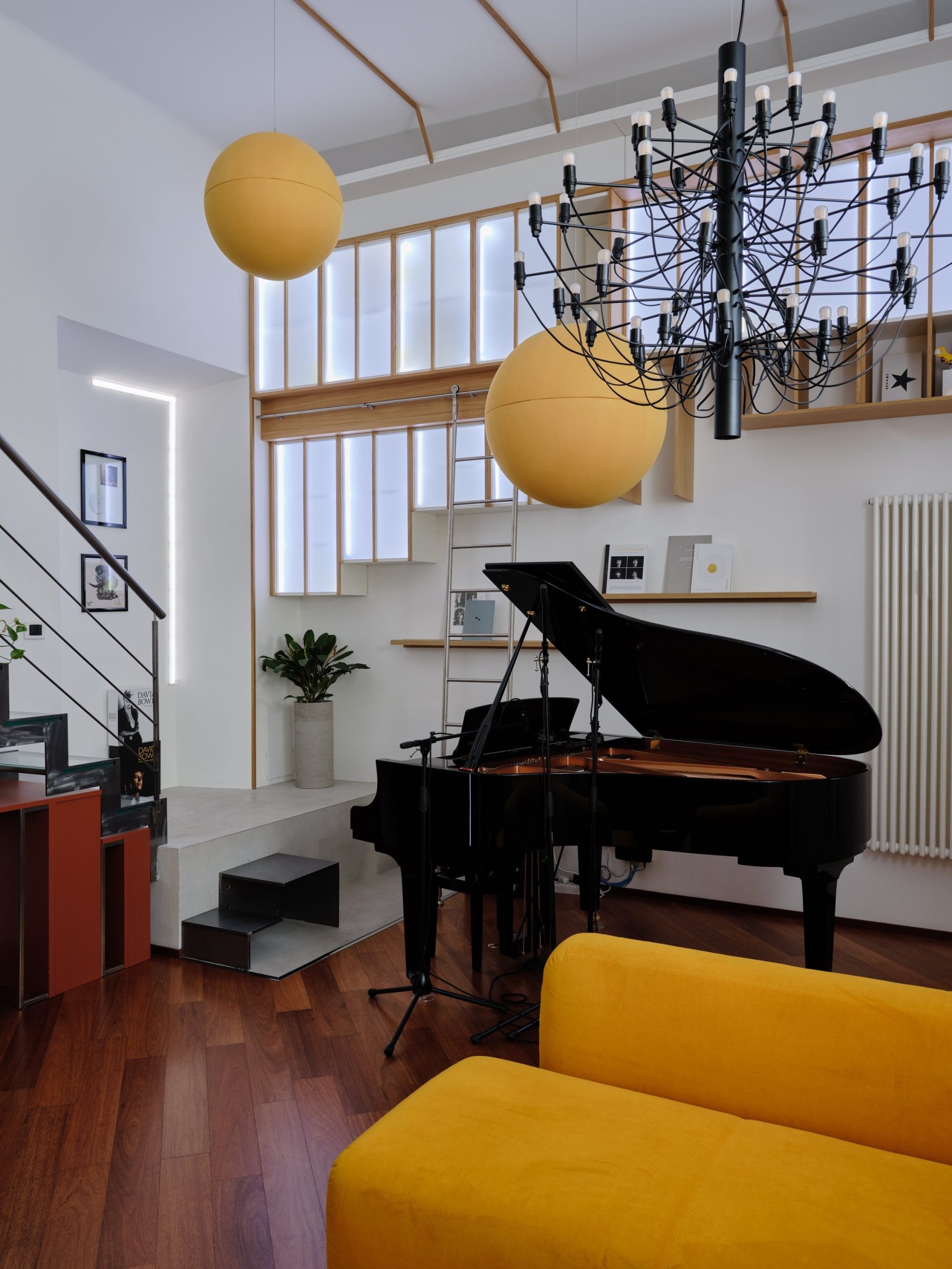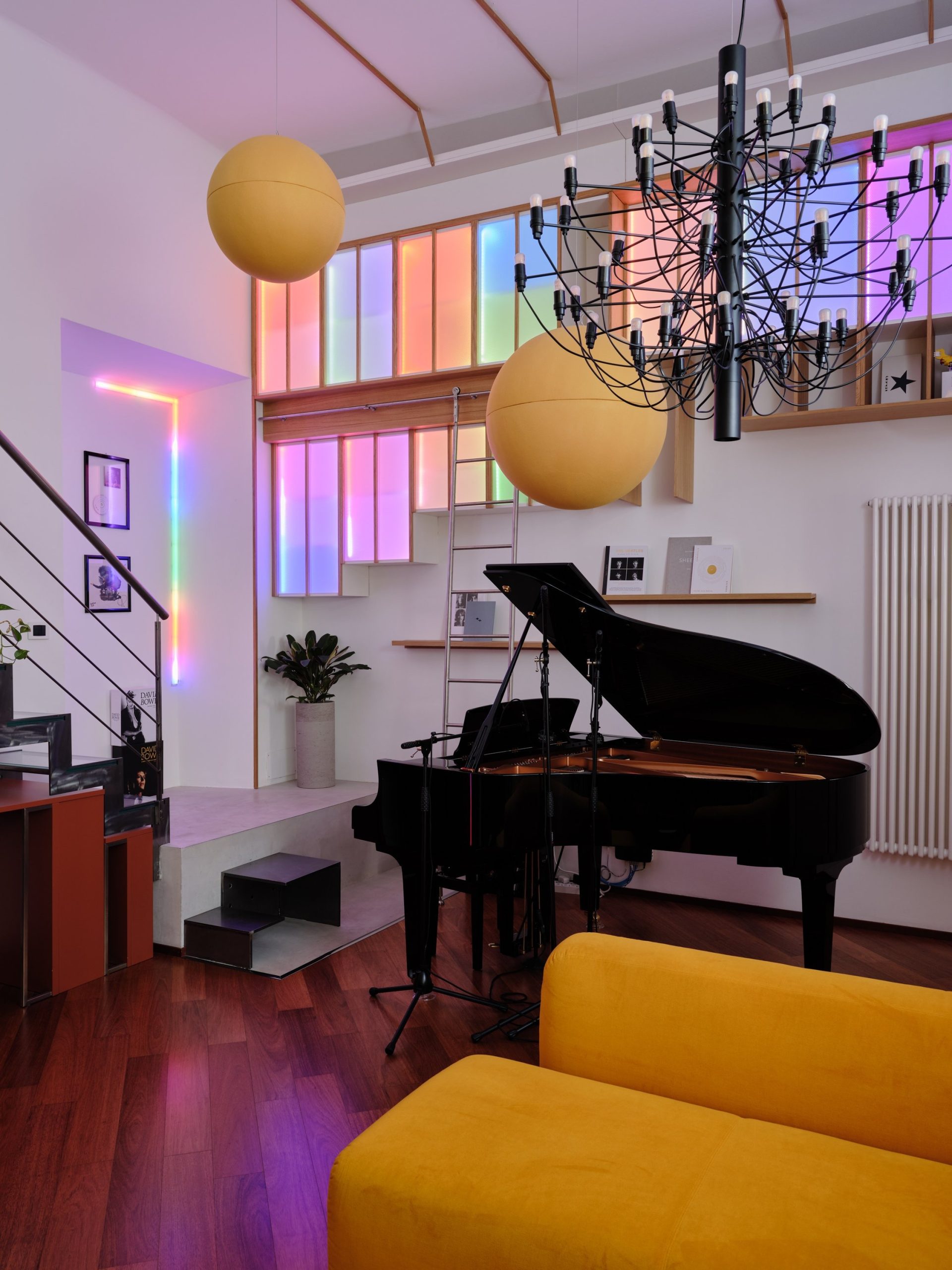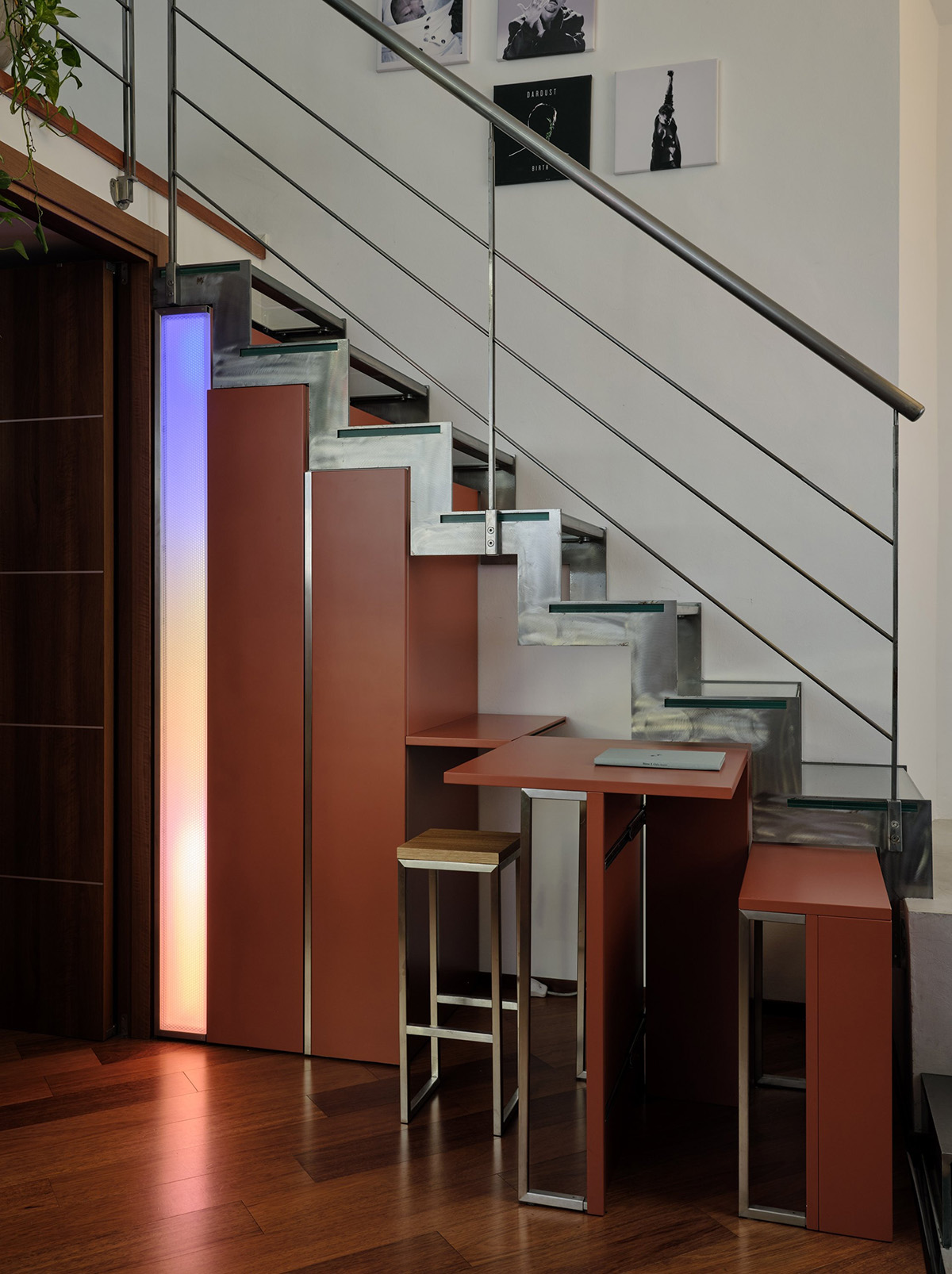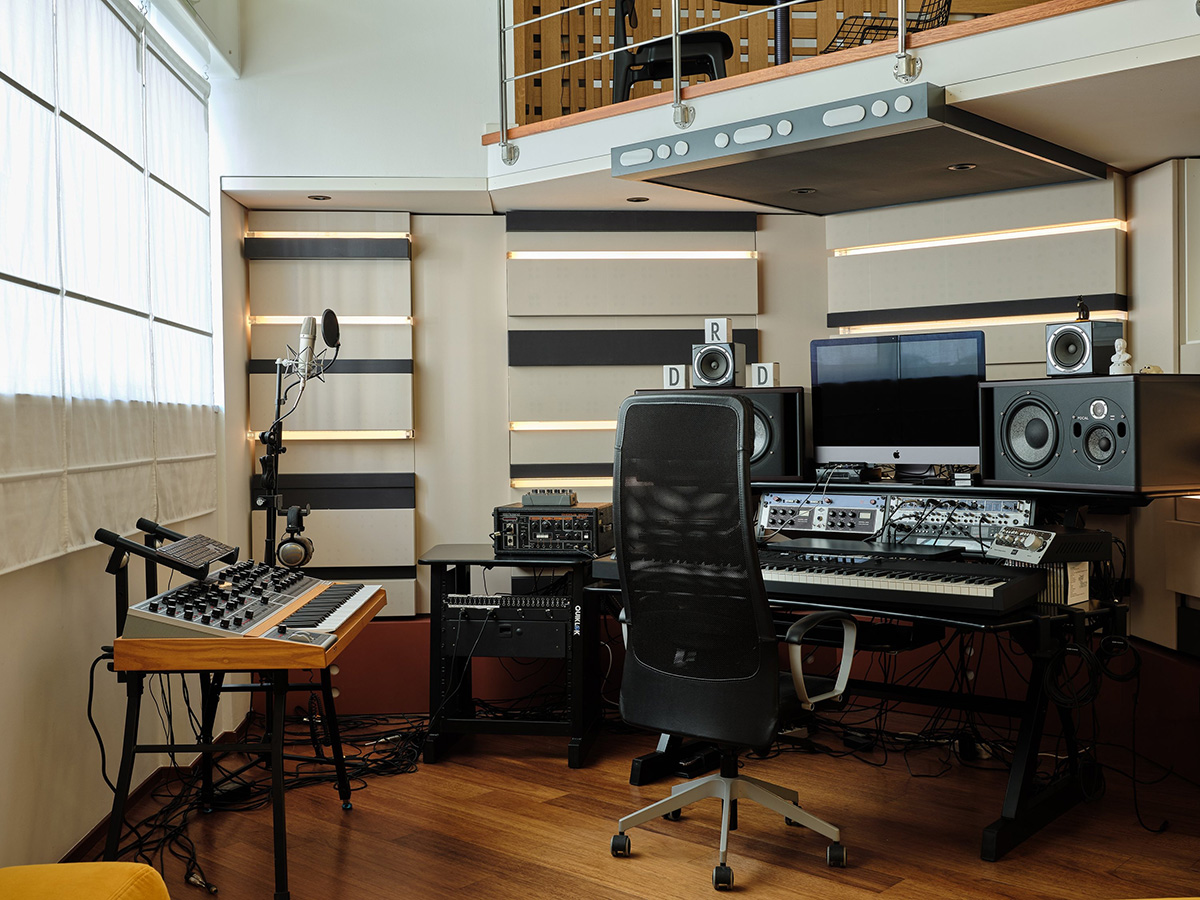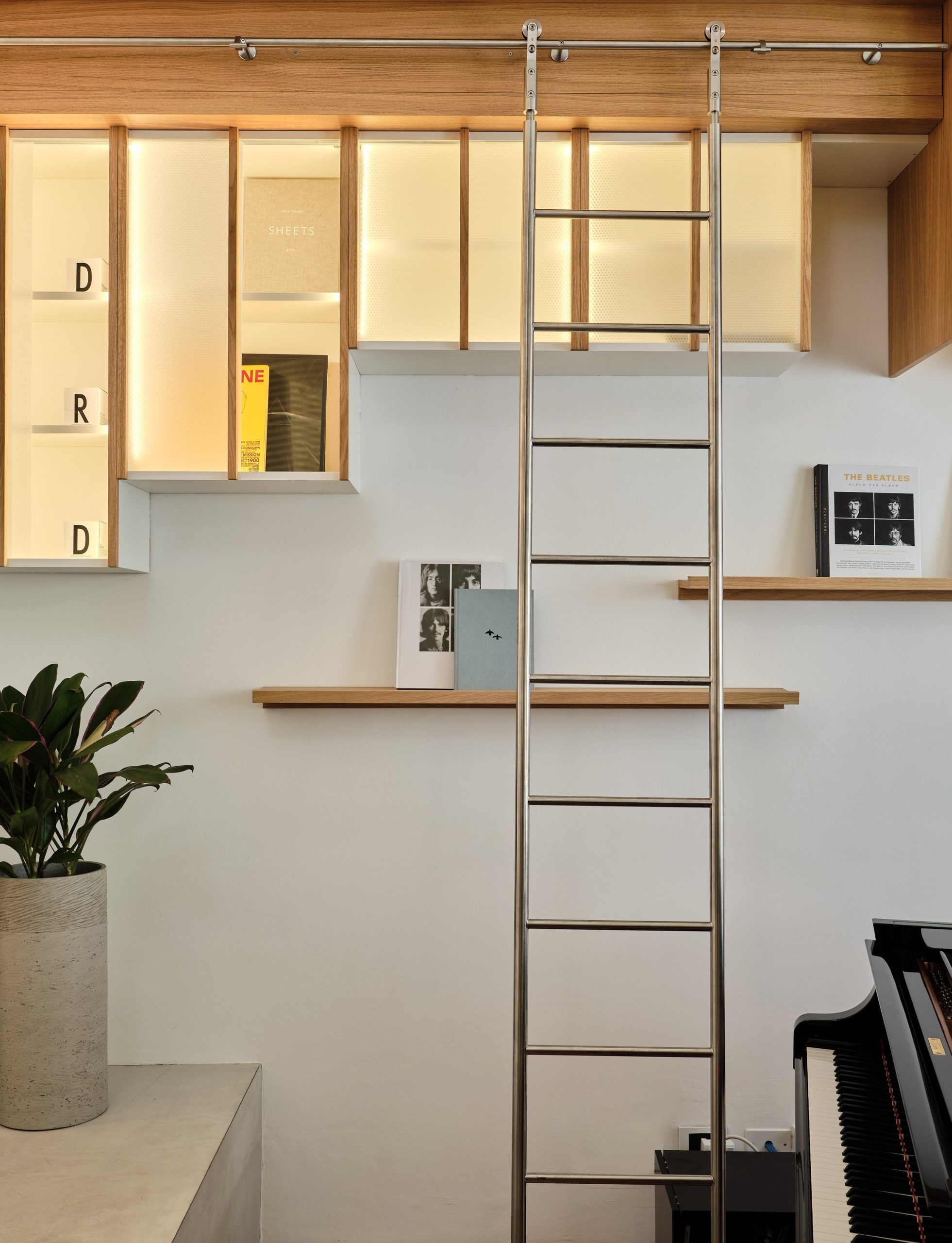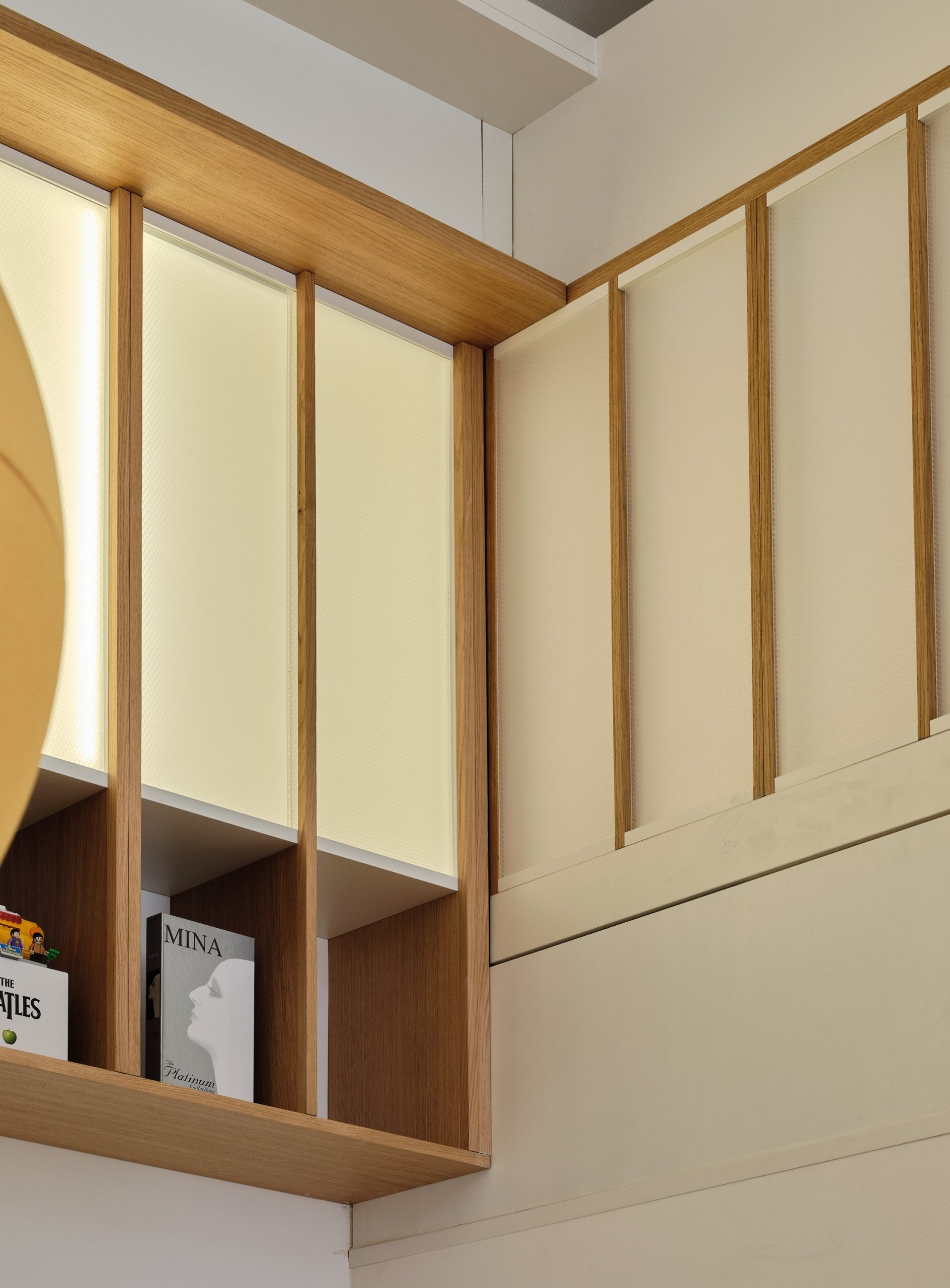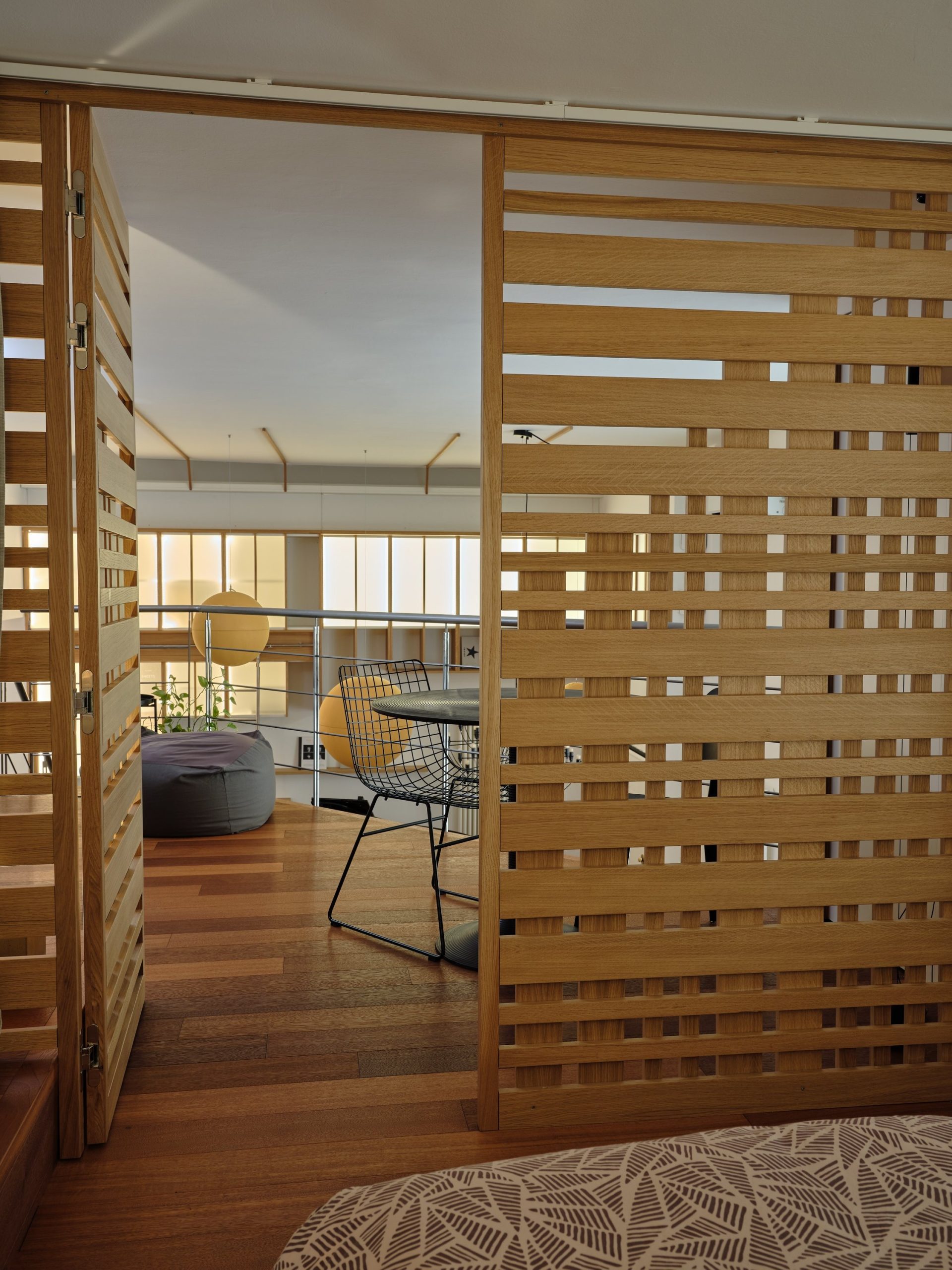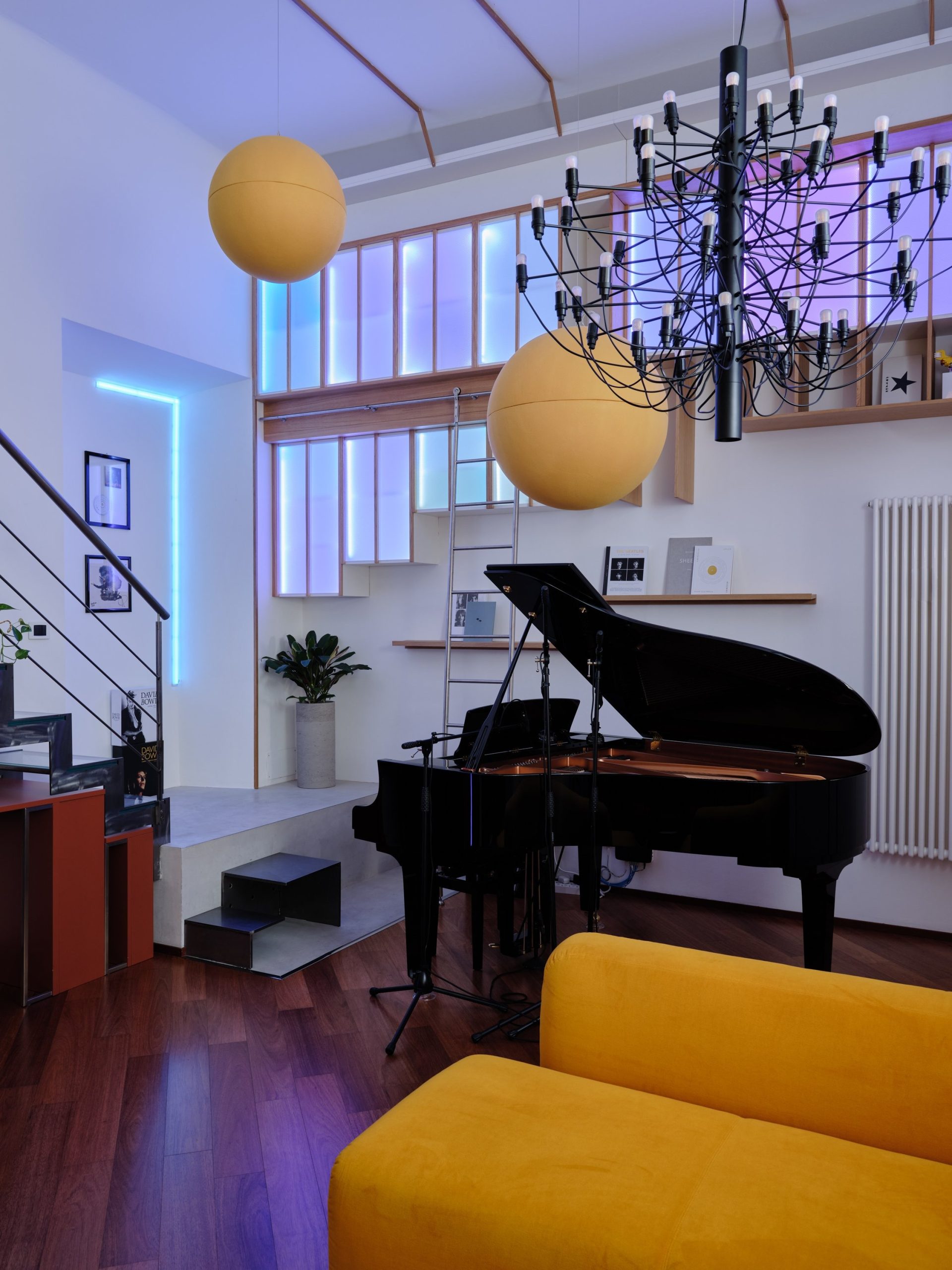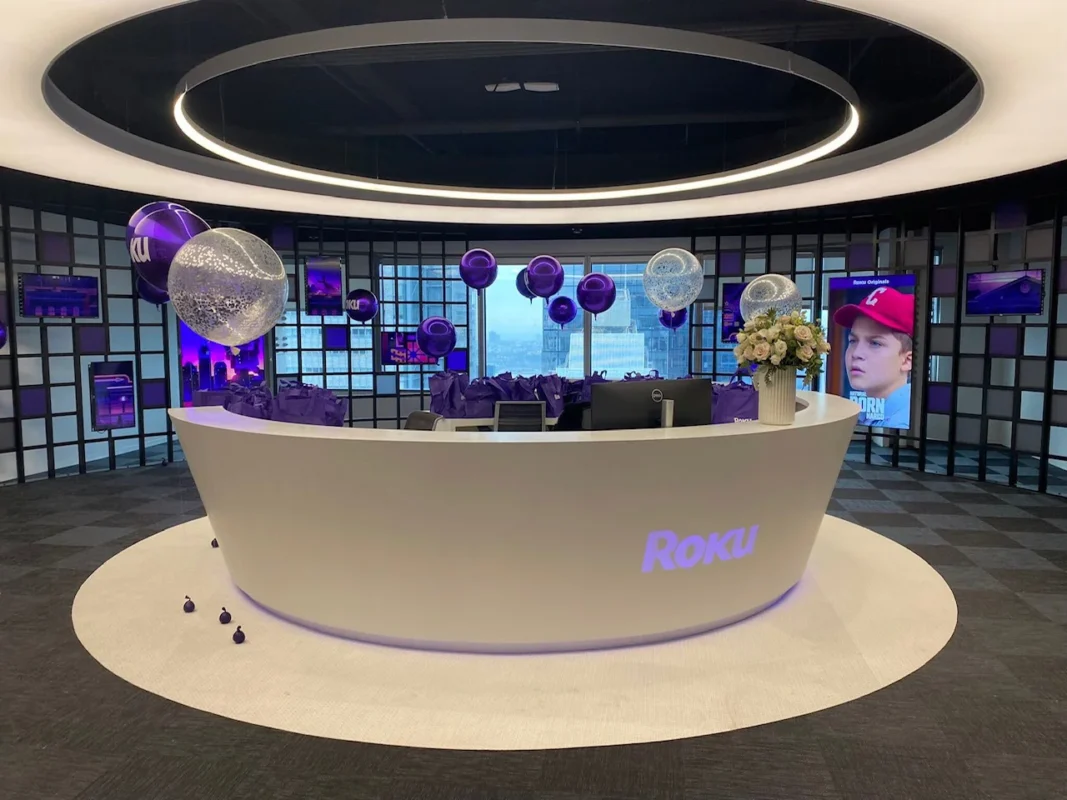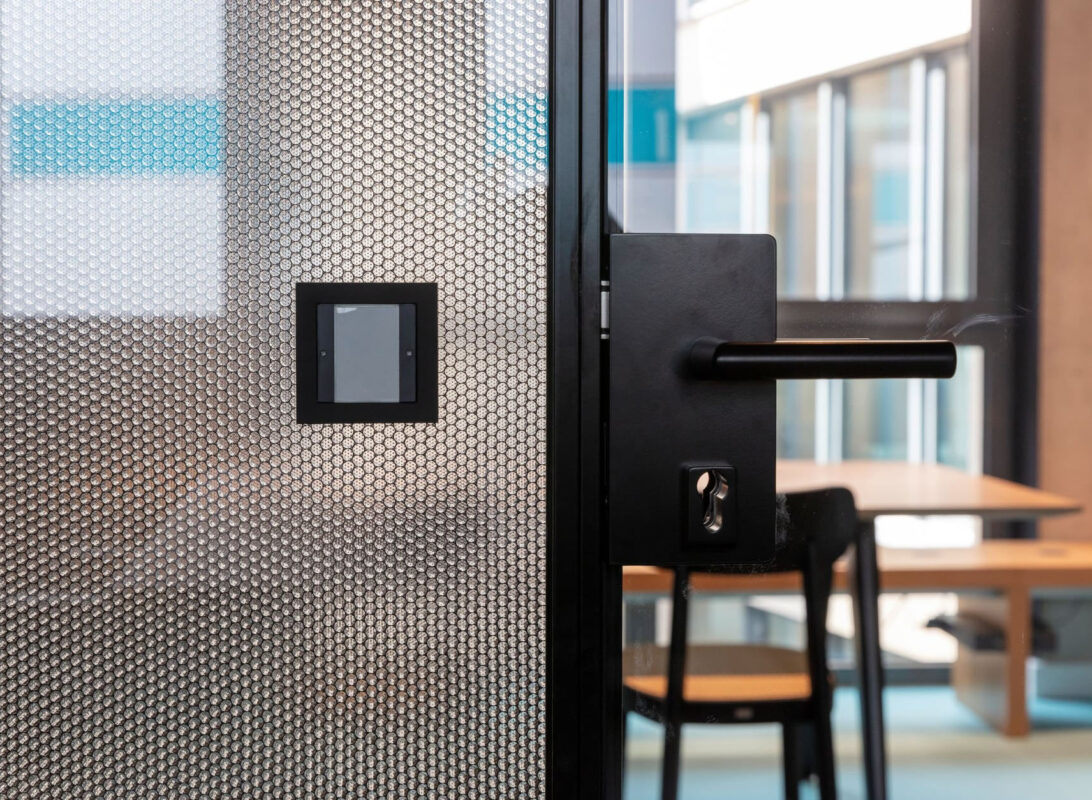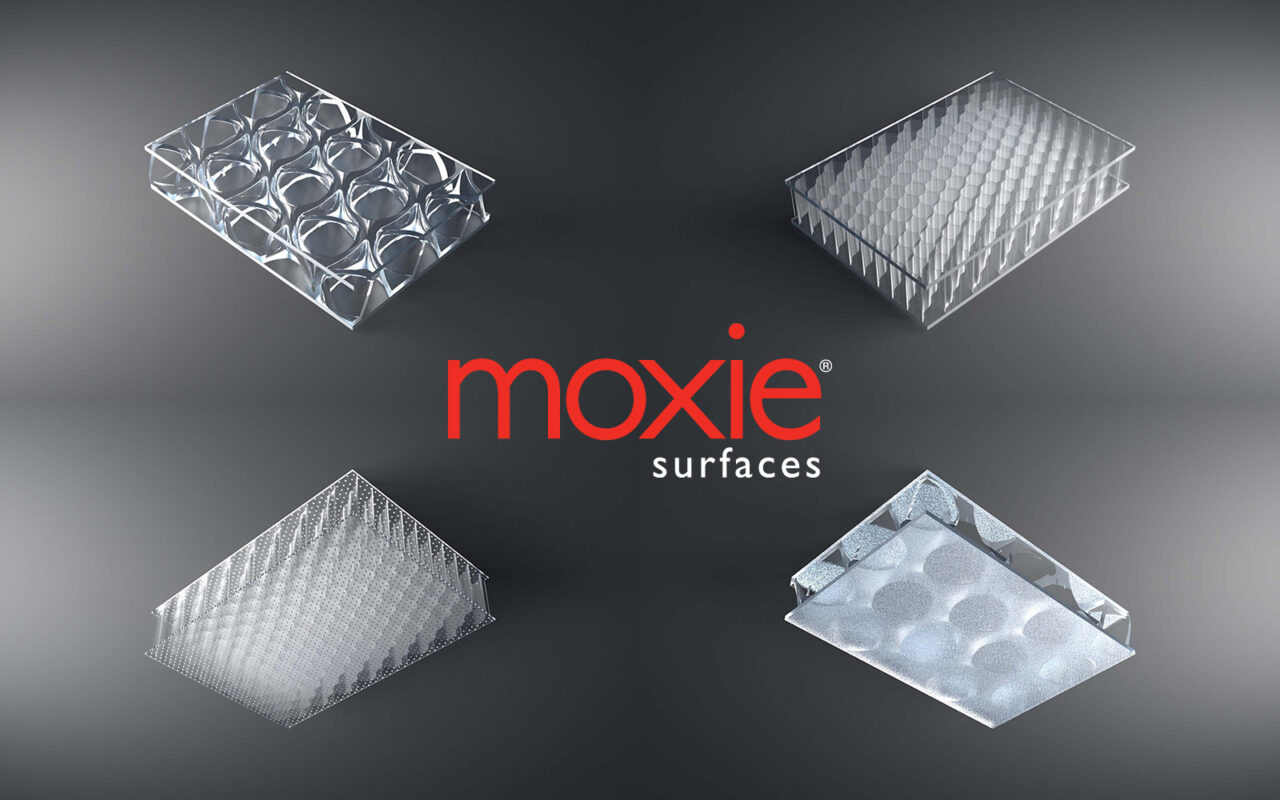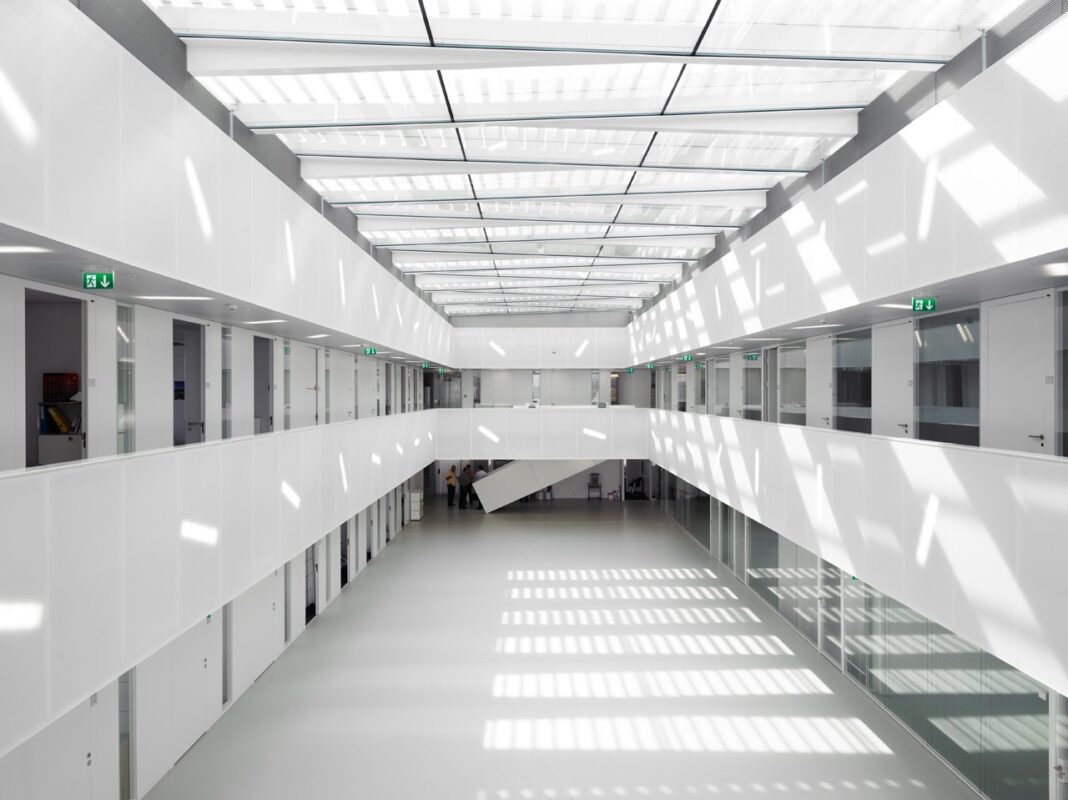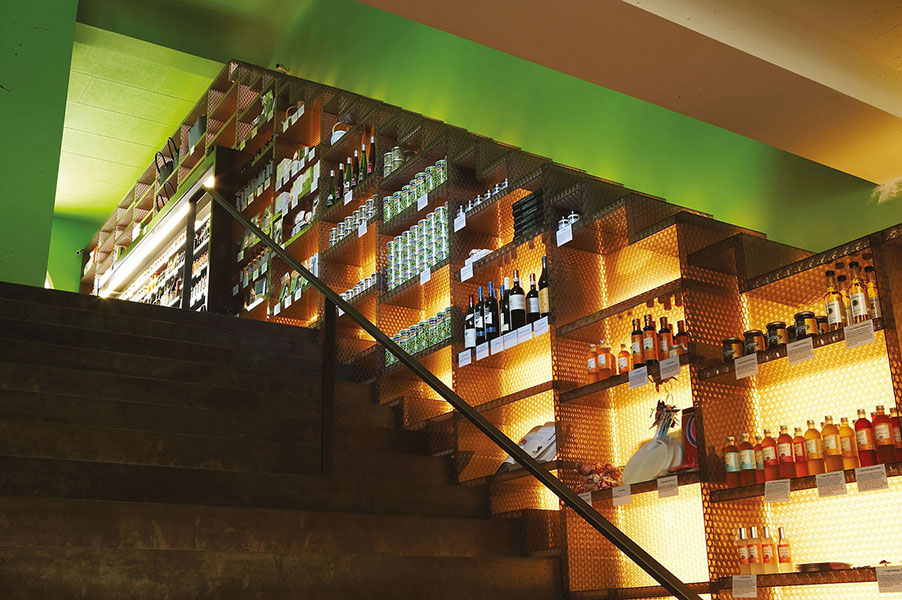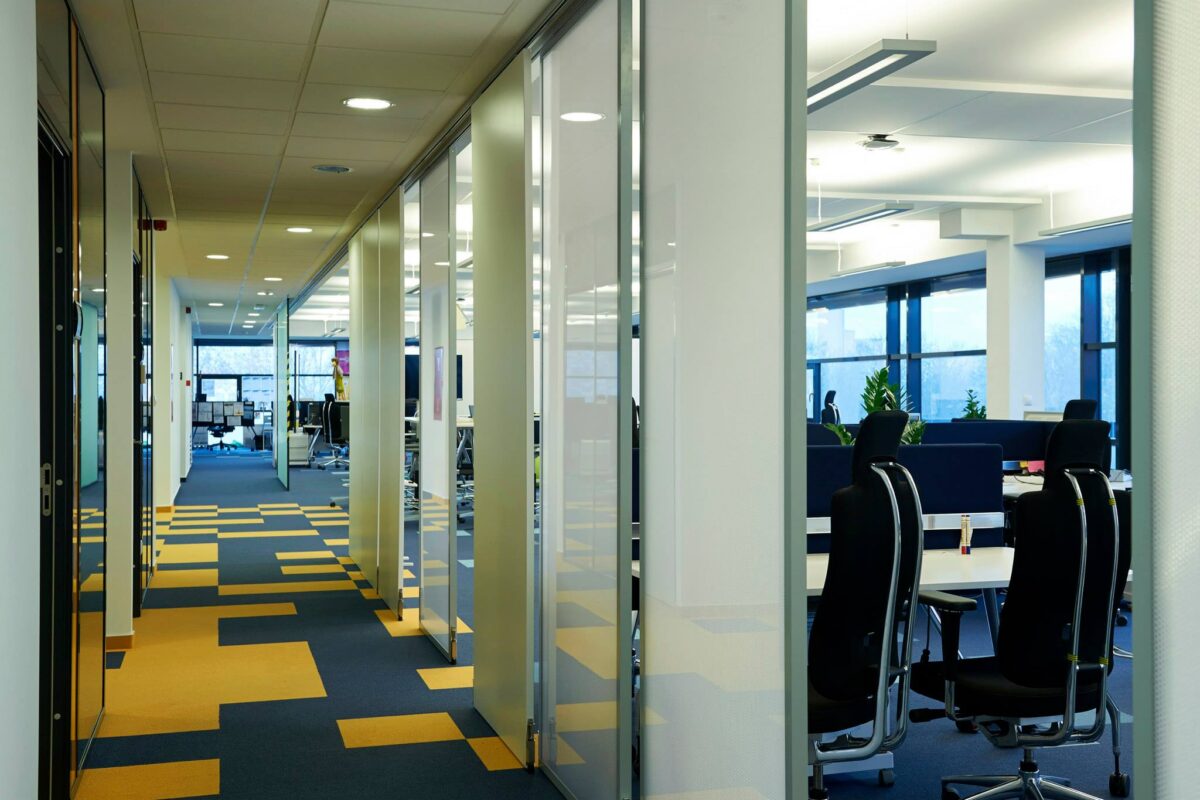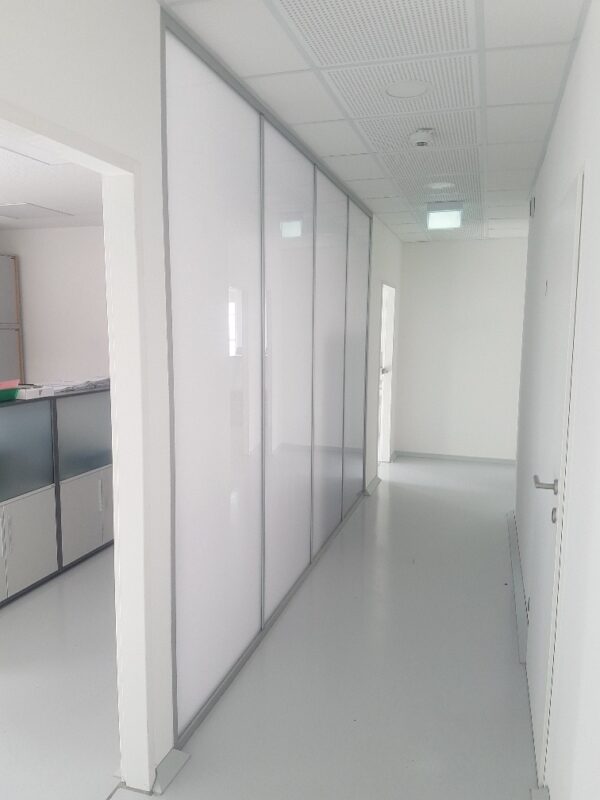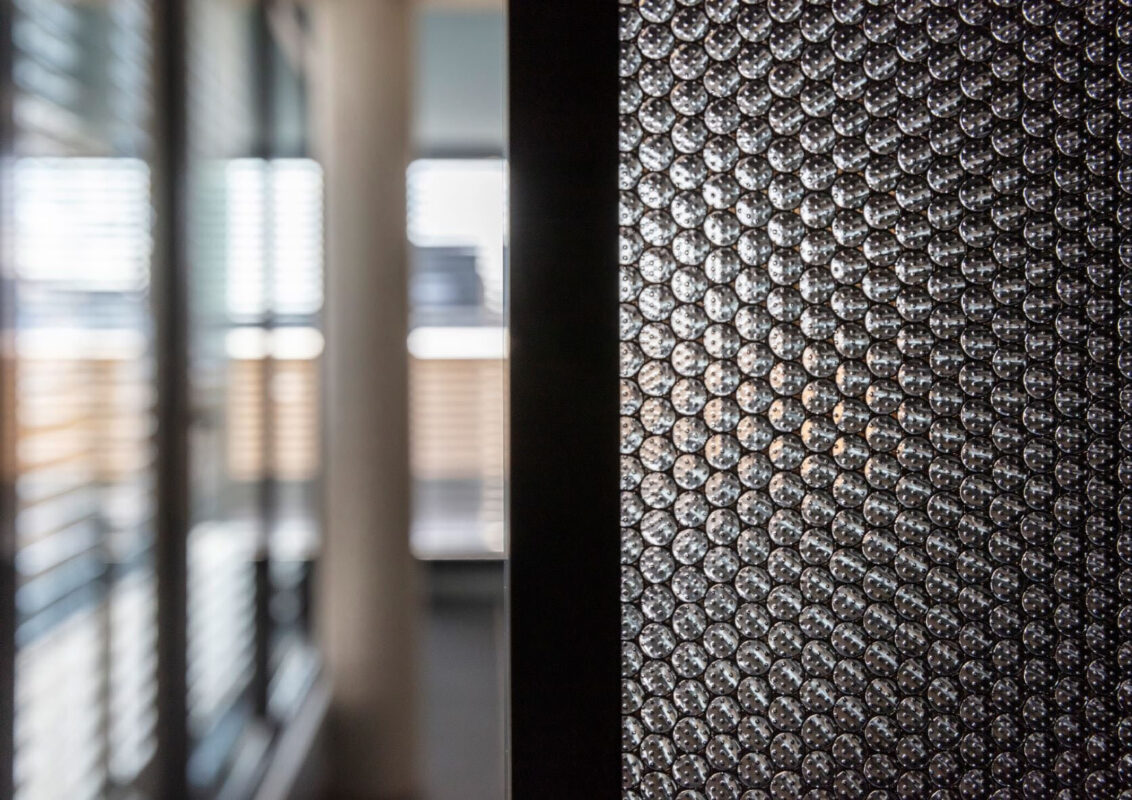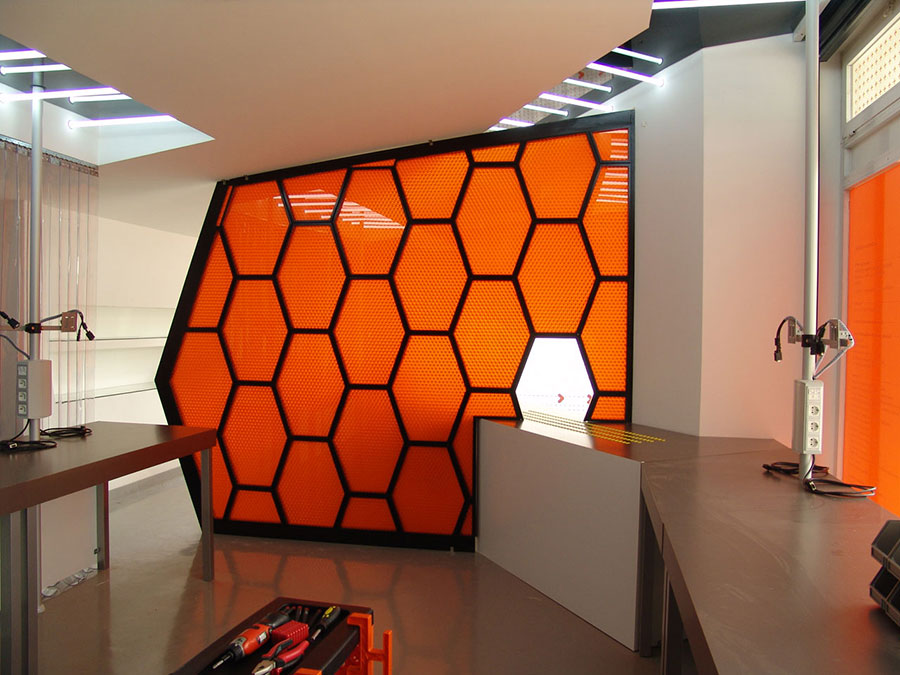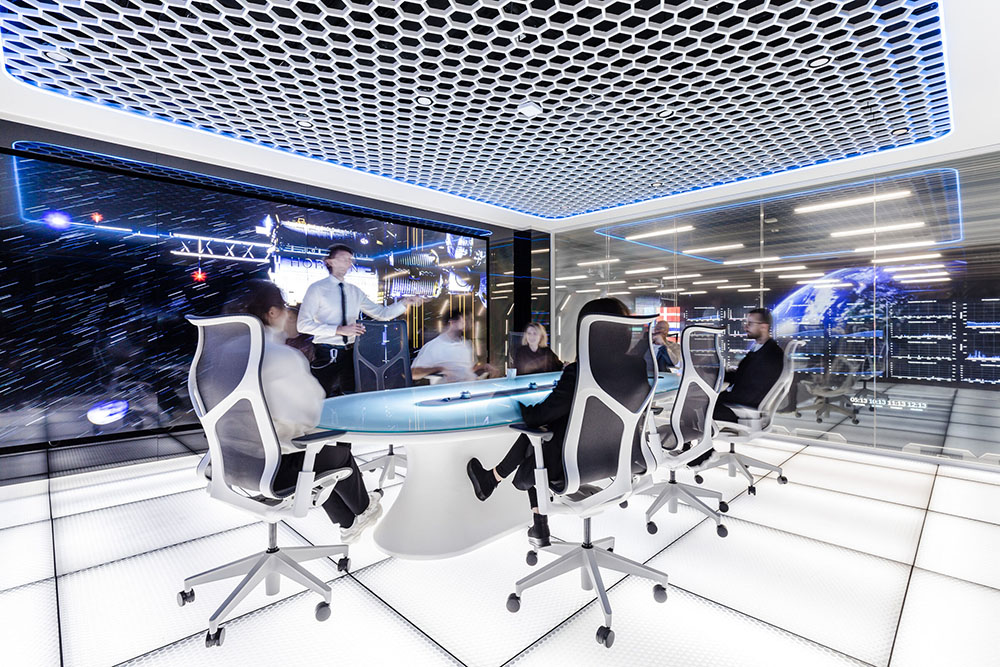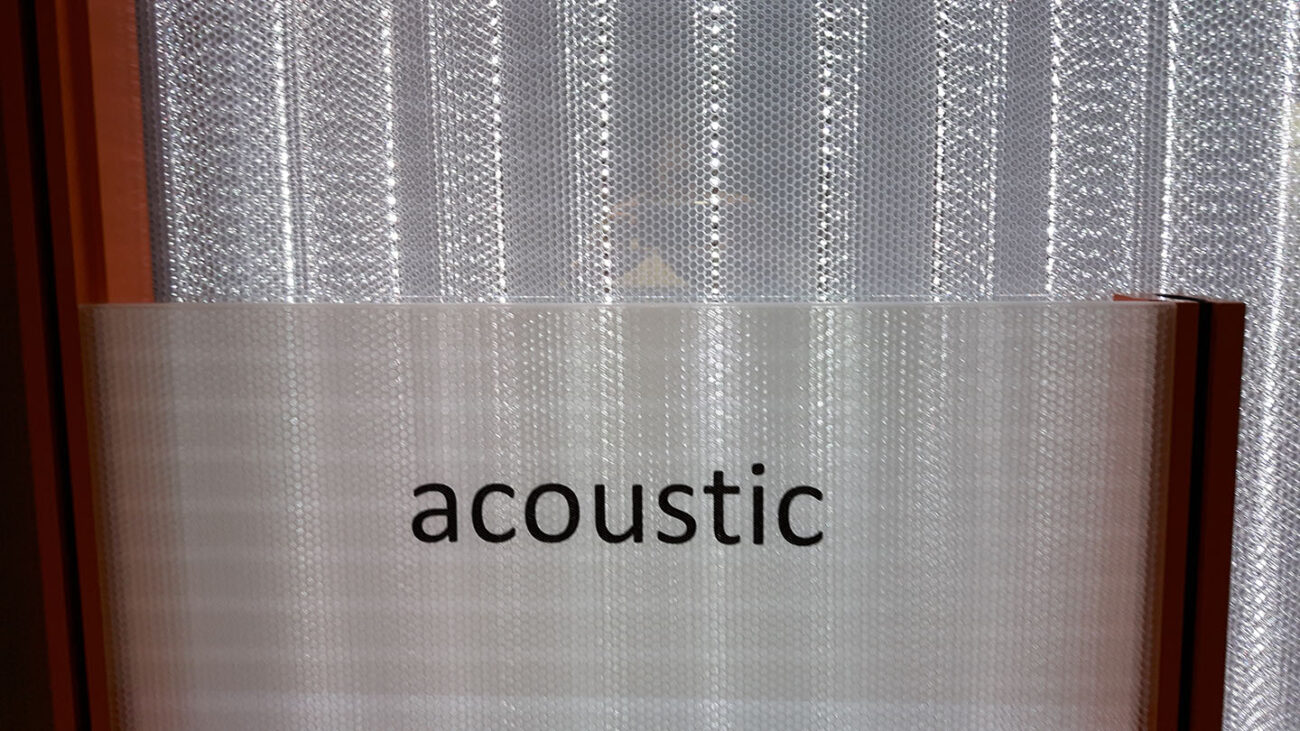Designing with translucent acoustic panels for home studio interiors
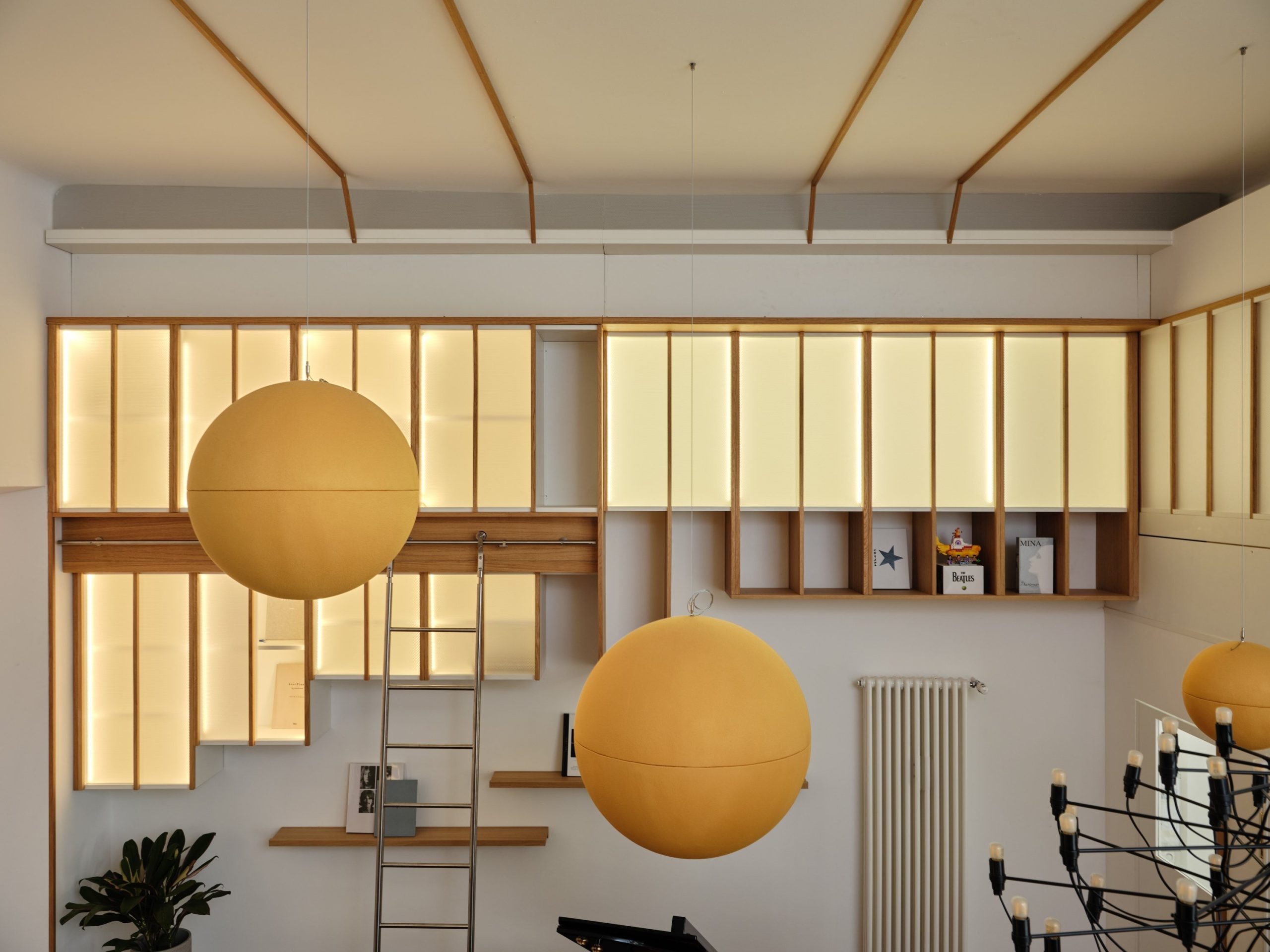
When specifying translucent AIR-board® acoustic panels for home studio applications, designers often seek materials that achieve more than sound control.
The challenge lies in finding products that integrate visual expression, lighting control, and acoustic function without compromising form. In this custom-built home studio, AIR-board® acoustic panels delivered exactly that: rigid, light-transmitting surfaces that shape the room’s mood, manage sound, and stand alone as primary design elements.
At the heart of the design is a large-scale shelving system that combines display, storage, ambient lighting, and acoustic performance. Rather than relying on traditional door panels or fixed millwork, the designer used the translucent acoustic panels for recording studio installations as structural “doors,” mounted directly onto the frame of the shelving unit.
Lighting and function in a single structural surface
The panels’ unique translucent honeycomb core allows them to act as light diffusers while simultaneously reducing reverberation. Each surface in the shelving system is fitted with RGBW dimmable LED lighting, either behind or beneath the panel, taking advantage of the material’s ~61% light transmission and its internal light-scattering effect. The result is a shelving system that behaves as a unified lighting element, acoustic absorber, and focal point.
Because AIR-board® acoustic panels are rigid by design, offered in standard thicknesses of 19mm (¾”) and 25mm (1”), they can be specified as stand-alone architectural components. No adhesives or supportive substrates are needed. With sheet sizes up to 2,500mm × 1,220mm (98.4” × 48”), the panels are well-suited for door-sized openings, large vertical expanses, or custom cabinetry fronts.
Beyond the shelving: integrated architectural accents
In addition to the primary shelving installation, the same panel type was used in two other locations: underneath a stair and along a horizontal plane in a wall treatment. Beneath the staircase, a slim vertical section of translucent AIR-board® acoustic panel was mounted and backlit, standing alone as a structural and aesthetic element. The narrow panel mirrors the color-shifting tones of the main wall, helping to carry the visual identity of the studio into secondary spaces.
Likewise, horizontal cut strips were used between upholstered acoustic fabric panels on another wall, behind the home studio setup. These were not inserted as decorative inlays, but as cut-to-size, independent sections that continue the lighting and acoustic logic across the room. The panels maintain their structure even in these narrow configurations, confirming their value in precise architectural detailing.
A true architectural material, not an overlay
For designers who value clarity in detailing and control over materials, AIR-board® acoustic is not just an acoustic panel in the traditional sense. With a surface density of approximately 3.6–4.0 kg/m² (0.74–0.82 lbs/sqft), these panels behave more like architectural glazing or solid-core panels than like foam-based acoustic solutions.
Their coefficient of thermal expansion (8 × 10⁻⁵ K⁻¹) and service temperature range from -20°C to +60°C (-4°F to 140°F) ensure dimensional reliability in most indoor applications. And with classifications such as A/C1/CC1 for fire performance, they offer the safety credentials expected for interiors in public, commercial, or high-traffic environments.
This makes AIR-board® acoustic panels for home studio use not only a technical solution, but a material with architectural weight, one that can serve as cladding, partitioning, fixed paneling, or integrated luminaire surface.
Supporting creative workflows with intelligent acoustics
In recording environments, acoustics must support focus without muting expression. This studio achieves both, using a mix of sound absorption and expressive light modulation. The lighting varies according to user preference, with color temperatures and gradients shifting throughout the day. Yet the space remains acoustically balanced thanks to the consistent use of AIR-board® acoustic across zones.
Unlike many acoustic solutions, these panels don’t rely on fabric wrapping or complex mounting systems. Their standalone rigidity means they can be mounted using minimal hardware and still deliver effective reverberation reduction with NRC values reaching up to 0.80, depending on installation configuration.
From a design perspective, the panels’ ability to act as visible, intentional surfaces, rather than being hidden behind perforated facades or ceiling clouds, transforms acoustics into an expressive design asset.
Visual clarity, clean lines, and modularity
Architects and interior designers working on boutique studios, media suites, or gallery-like interiors will appreciate how the translucent AIR-board® acoustic panels for home studio environments offer a clean, controlled material vocabulary. Lines remain sharp. Edges can be machined. Backlighting is consistent without hotspots. Panels don’t flex or ripple, so the final installation retains its form even under everyday use.
They also simplify coordination with millwork, lighting consultants, and MEP teams. There’s no need to source separate diffuser layers or additional structural support. Whether recessed, surface-mounted, or used as door panels, the system remains visually and technically coherent.
From specification to execution
Available in multiple formats, the AIR-board® acoustic panels accommodate most architectural millwork modules without custom runs. Their neutral tones and internal honeycomb texture allow them to work with a range of interior palettes; from raw concrete and matte black, to warm veneers or colored steel framing.
In this home studio project, the use of the acoustic panels for home studio extended beyond sound control to help define the project’s identity. The panels didn’t just meet the technical brief; they shaped the visual experience and tied each design element together.
Interested in exploring this material further?
We invite architects and designers to request samples of translucent AIR-board acoustic panels for home studio and architectural use. Whether you’re planning custom casework, illuminated partitioning, or expressive acoustic features, this material opens up a range of design possibilities, while performing at a professional level.
Having a strong connection with you, our customers, is vital to our business, as it will help us with shaping our future products and services. Because of this, we encourage you to use our Contact page in order to share your thoughts on the samples you received, as well as whether or not you would utilise our panels in your future projects.
